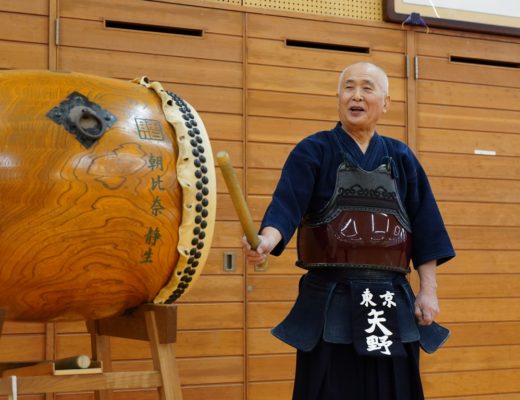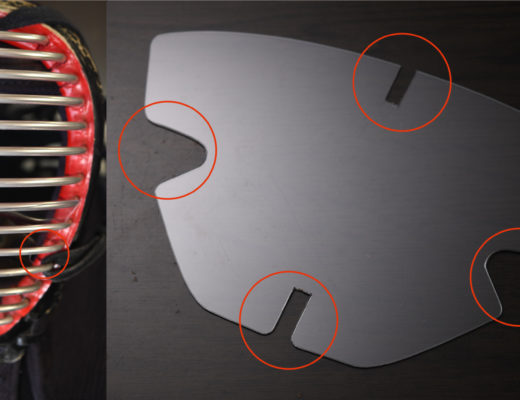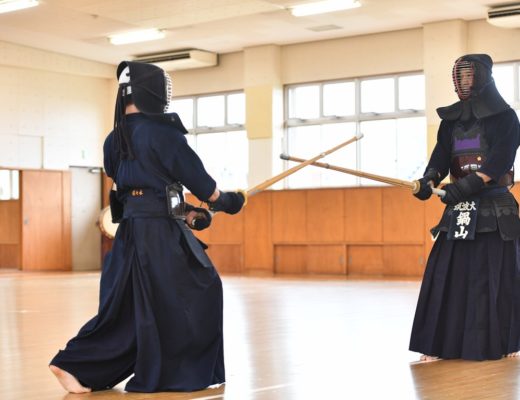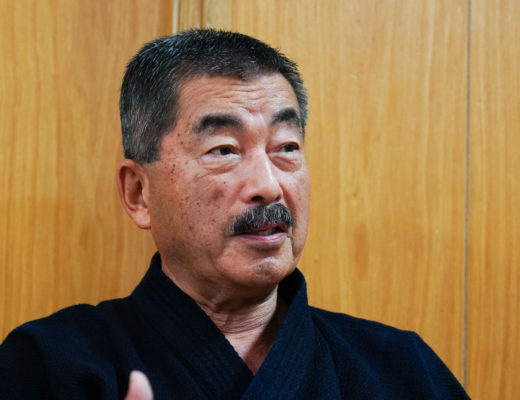Ijima Akira lays out 4 different types of footwork and the scenarios in which they are effective. In addition, he explains how the exchange of Maai is connected to these various types of footwork.…
-
8th Dan Kendo lessons of Ijima Akira KENDO TECHNIQUE KENDO TRAINING Solo training
-
8th Dan Kendo lessons of Yano Hiroshi KENDO TECHNIQUE KENDO TRAINING Solo training
Solo footwork — Yano Hiroshi
Footwork is the core of Kendo. It is said that Kendo is 40% Shinai handling and 60% footwork, or even 30% Shinai handling and 70% footwork. How long will the restraint on Keiko continue?…
-
FREE ARTICLE
Due to the effects of the coronavirus, measures to prevent the spread of infection are essential when Kendo Keiko resumes. Please use this “Kendo Men Shield” as a measure to prevent infection of individual… -
8th Dan Kendo lessons of Nabeyama Takahiro KENDO TECHNIQUE
Read your opponent’s intentions and practise Seme that makes them not want to be struck — Nabeyama Takahiro
“It's important to understand your opponent's intentions and think of techniques that match those intentions”, says Nabeyama Takahiro Sensei. We asked Nabeyama Sensei about his techniques, based on his extensive experience as a competitor…
-
8th Dan Kendo lessons of Nabeyama Takahiro KENDO TECHNIQUE KENDO TRAINING
Seme: Comprehensive choreography approach to taking the center line — Nabeyama Takahiro
Simply pointing Kensaki at the center of the opponent is not the same as taking the center line. To make use of the Kensaki for Seme and striking, Nabeyama Sensei explains it is necessary…
-
Kendo lessons of Nakamura Fukuyoshi KENDO TRAINING Solo training
Consistent Suburi — Nakamura Fukuyoshi
Kyoshi 8th Dan Nakamura Fukuyoshi explains how Kamae, footwork and Seme are connected. These aspects make a foundation for aggressive Kendo which enables you to always be ready to strike. …






